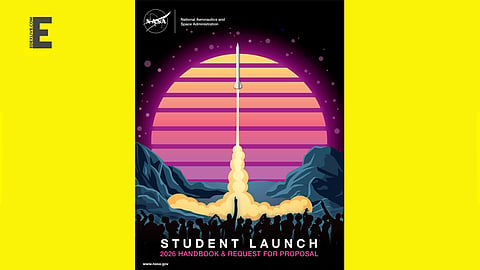

The National Aeronautics and Space Administration (NASA) has opened the 2026 Student Launch Challenge, calling on middle school, high school, and college teams to design, build, and launch high-powered rockets with scientific or engineering payloads.
Set to conclude in April 2026, the competition invites proposals by September 22, 2025.
Proposal and participation details
Detailed in the 2026 Student Launch handbook, the challenge requires teams to submit competitive proposals. Selected teams will undertake a nine-month process, meeting documentation deadlines and passing rigorous reviews to ensure compliance with NASA’s standards.
The challenge will wrap up with events starting April 22, 2026, and final launches on April 25 at Bragg Farms, Toney, Alabama, near NASA’s Marshall Space Flight Center in Huntsville, a historic hub for the competition.
Artemis-inspired payload challenge
Aligned with NASA’s Artemis program, which focuses on lunar exploration and Mars mission preparation, the 2026 university payload challenge tasks teams with creating a habitat for four STEMnauts—non-living astronaut representations.
The habitat must include equipment for collecting and testing soil samples to support agricultural research.
Started in 2000 by former NASA Marshall Director Art Stephenson with two Alabama university teams, the Student Launch has grown, with 71 teams and nearly 1,000 students participating in 2025. Teams launched rockets to 4,000–6,000 feet, executing complex payload missions.
Fostering STEM careers
Managed by NASA Marshall’s Office of STEM Engagement, the Student Launch is part of the Artemis Student Challenges, encouraging STEM career paths through practical experience. Support comes from NASA’s Next Generation STEM project, NASA Space Operations Mission Directorate, Northrop Grumman, National Space Club Huntsville, American Institute of Aeronautics and Astronautics, National Association of Rocketry, Relativity Space, and Bastion Technologies.
For details, visit: www.nasa.gov/studentlaunch.
